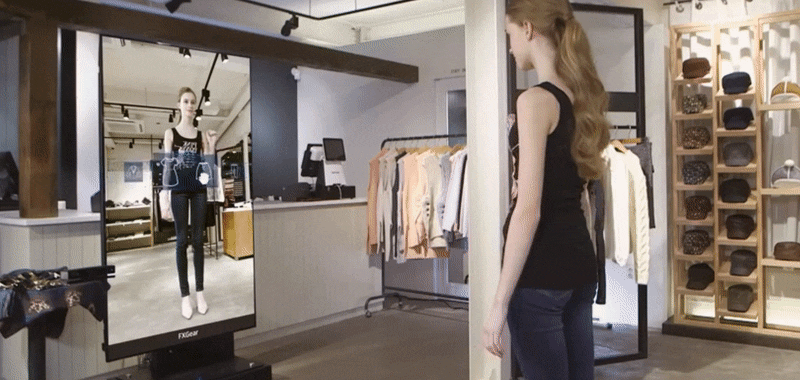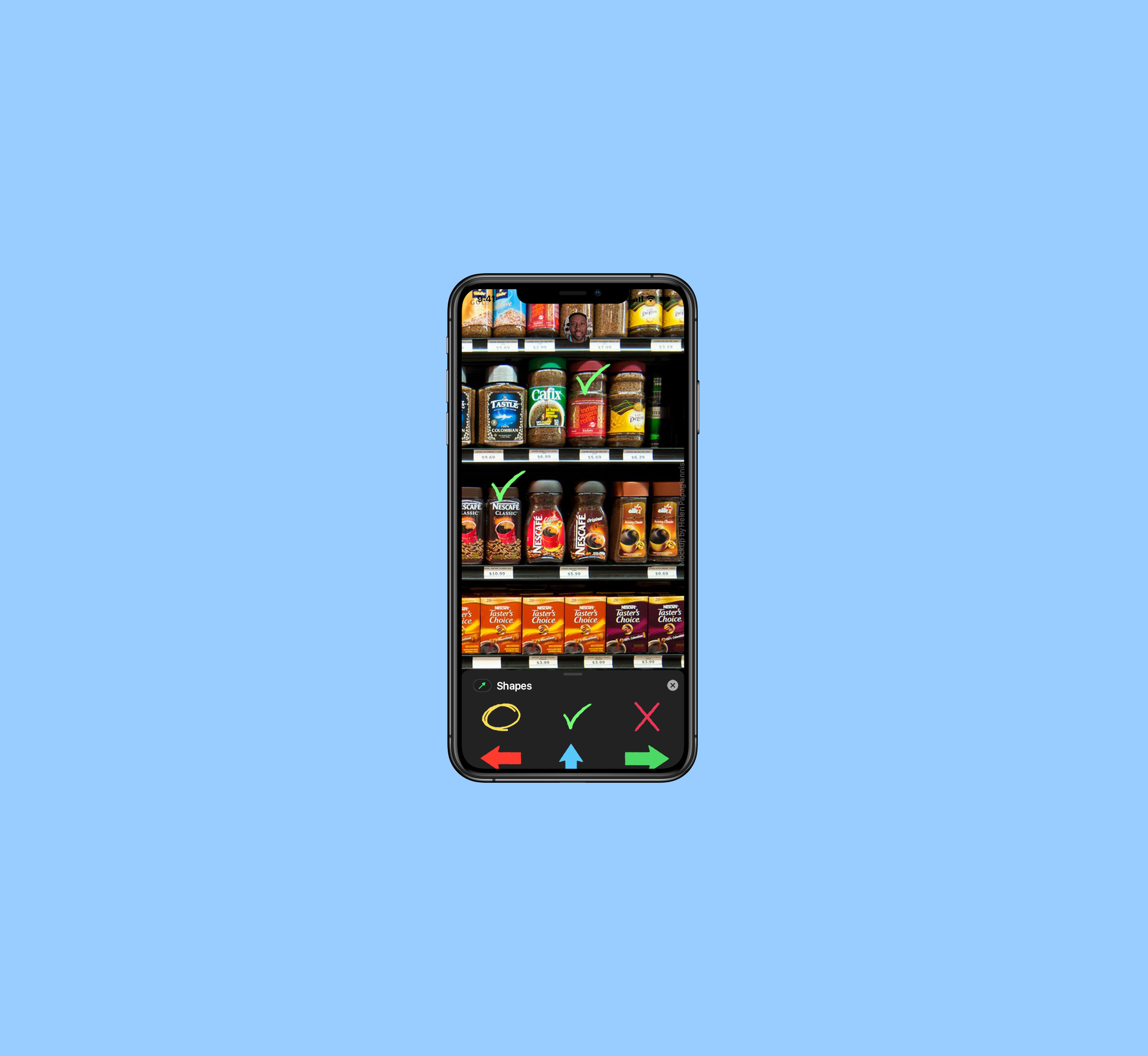Shopping Goes Virtual

Retailers are offering virtual personalized shopping experiences amid COVID-19 lockdowns. Here’s what the future could look like.
With physical stores — from independent boutiques to luxury retailers — temporarily closed due to the COVID-19 global pandemic, shopping is going virtual. Companies like Hero (a mobile app helping stores sell to customers over chat and video) want to make “online shopping feel as personal and as convenient as a FaceTime with a friend.”
Hero app
Athletic apparel retailer Lululemon is presently offering a digital concierge service with complimentary 30 minute video chat appointments on Zoom, booked via their website: “Take a peek at what’s new from the comfort of your home — it’s like getting an in-store experience, but way more personal.”
Lululemon Digital Concierge service
“During this time of social distancing and self-isolation, we miss interacting IRL with you,” reads Swedish menswear brand and retailer Très Bien’s website, who has set up virtual store visits to guide you online with your shopping. “Whether it’s a question about the fit of a Dries van Noten shirt, the fabric of a Judy Turner knit or styling advice for a Kiko jacket, our HQ team are on hand via Zoom on weekdays to assist with any queries you have about particular products.”
You can also book a virtual one-on-one with beauty sales associates. Deciem will begin virtual consultation services this week across all of their brands, connecting directly with customers about skin concerns and product usage via Hero’s service.
This personalized shopping trend in e-commerce could be a welcomed feature at a time when we are craving human connection during periods of self-isolation.
With video-conferencing platforms like Zoom being primarily focused on broadcasting our heads and torsos, we’re still experiencing a limited sense of human presence. This will be improved upon in the future and could be extended to feature our hands, truly adding a personalized touch.
Prototypes like inFORM — a dynamic shape display from 2013 by MIT Media Lab researchers Daniel Leithinger, Sean Follmer, Alex Olwal, Akimitsu Hogge, and Hiroshi Ishii — show us the possibility of having a store associate and products extend into our physical surroundings, breaking the boundaries of the screen.
inFORM* renders 3-D content physically so users can interact with digital information in a tangible way. In one of the demonstrations, a live human appears on a screen (not too dissimilar from Zoom or FaceTime) with his hands appearing to extend out of the screen (represented in real time by moving tangible blocks). The researchers state, “Remote participants in a video conference can be displayed physically, allowing for a strong sense of presence and the ability to interact physically at a distance.”
Imagine the sales associate you’re having a personal shopping video call with extend their hands into your space to show you a product. That 2D talking head behind glass now transforms into a physical 3D telepresence experience.
inFORM by researchers at MIT, 2013
A more recent example of a tangible interface being used to help bridge physical distance is AR Playdates, which allows users who live in separate locations to interact via a device that resembles a coffee table. It captures the users’s movements through a video livestream and camera sensor technology. AR Playdates was designed by Ethan Bresnick and JD LeRoy, students at the University of Southern California.
The interface is intended to help family members, such as grandparents and their grandchildren, play together regardless of physical distance. "This system is adaptable to a range of use cases, including in commercial and enterprise settings,” Bresnick tells me over email. “Retailers could enhance physical products with AR effects on the table surface, with our top-down camera, depth sensors, and software. The live video streaming in AR Playdates could be used by manufacturers to remotely demonstrate products or provide training for their customers.”
I can see the AR Playdates display being used in a digital concierge experience building upon current personal shopping practices. Think of the coffee table style interface as a live virtual store display case: your digital concierge could lay out products for you ranging from accessories to clothing to peruse at your leisure. It would simulate the in-person store experience of browsing a counter or display case of products, now all from the comfort of your home. Instead of receiving emails or texts of products from your personal shopper, as you might on Hero’s app, Thread’s Styling service via WhatsApp, or using WeChat’s shopping function, you could see the items to scale on your digital shopping table. The coffee table interface could also serve as a customized live look book: a cross between a fashion magazine and personal shopping service.
Such a service might be better suited to luxury retailers and delivering an elevated personal experience in the home, however if the interface becomes affordable and commonplace, this idea could be embraced by smaller and independent boutiques as well.
With COVID-19 propelling shopping experiences into a virtual future, digital offerings have been elevated amid physical distancing. Once brick and mortar stores reopen their doors, what aspects of these personalized digital experiences will consumers come to expect and even favour? Now is the time to experiment and innovate.
Need expert help with your digital strategy? Learn more about my consulting services here.
Book me as a speaker for your next event.
Get your copy of “Augmented Human” (available worldwide in 5 languages) here.
Follow me on Twitter: I’m @ARstories







